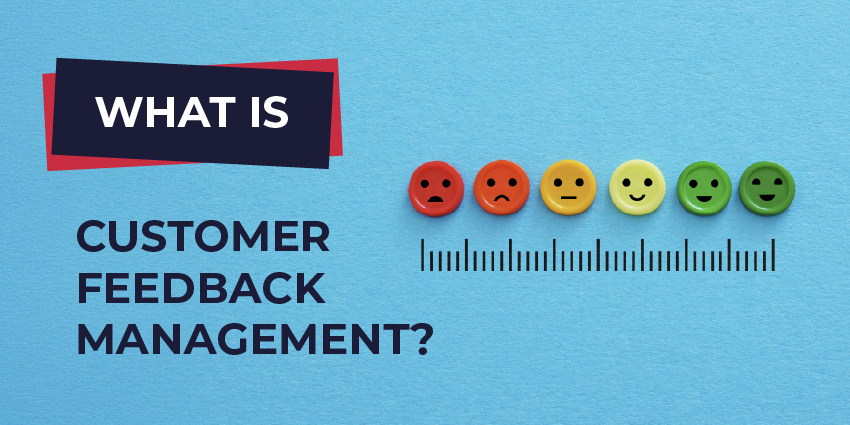One of the hardest parts of being a customer experience leader is quantifiably proving the value derived from CX investments.
As Ed Thompson from Gartner pointed out during a CX summit, more than 75% of organisations in the world use CSAT to measure CX, and that’s a metric that hasn’t moved more than 2% in the last decade. Clearly, companies need much more dynamic and near-real-time methodologies for measuring CX and its impact on business growth, if they are to tweak their investments effectively and on time.
Why Is It So Important to Measure ROI from Customer Experience (CX)?
Today, the quality of your customer experience is inextricably linked with business success. Gaps in CX such as a hard-to-navigate website, protracted wait times in your contact centre, non-personalised product recommendations, and infrequent communication, can cause customers to switch to a competitor – almost as much as a poor-quality product.
Yet, the exact value of customer experience enhancements is difficult to pin down. This is because:
- CX investments have a long lead time – Email marketing campaigns or social media outreach can start showing results in a few days, in the form of traffic to the website, or likes/share. CX investments, on the other hand, take longer to show results, making it difficult to directly map returns to the effort/costs spent
- There are several metrics to measure – CX cannot be encapsulated in a single metric. Organisations must keep an eye on CSAT, NPS, as well as more granular performance statistics like website engagement levels, social media chatter, contact centre service levels, etc. This makes ROI from CX appear vague and unquantifiable
- Despite strategic prioritisation, CX tends to be neglected – Several organisations continue to work on the product and the product alone, without paying equal attention to the customer journey or the quality of CX. As a result, there is little effort towards measuring ROI from CX in the first place
However, it is not increasingly crucial to invest in improving customer experiences, which is you need to demonstrate returns and obtain leadership buy-in.
How to Measure Top-line ROI from CX Using A/B Testing
Working on your CX will lead to new revenue generation opportunities in the form of referrals, return business, increased website traffic, increased social media traffic, etc. it is useful to measure key metrics like these as a benchmark for your CX transformation program. Once you have collected data and implemented enhancements (e.g., overhauling your website design), you can compute those metrics again after the lapse of an appropriate lead time.
If there have been no significant changes during that period apart from the CX program, you can safely conclude that the ROI is due to your investment in CX.
How to Measure Bottomline ROI from CX
It is also important to measure how much your investment in CX has saved the organisation, in terms of shorter call queues (reducing labour requirements), better retention (reducing the cost of acquiring your customers), and fewer bottlenecks (eliminating the cost of conducting root cause analysis surveys).
The sum of your top-line and bottom-line gains will give you the total value from CX, which you can also call its total economic impact.







